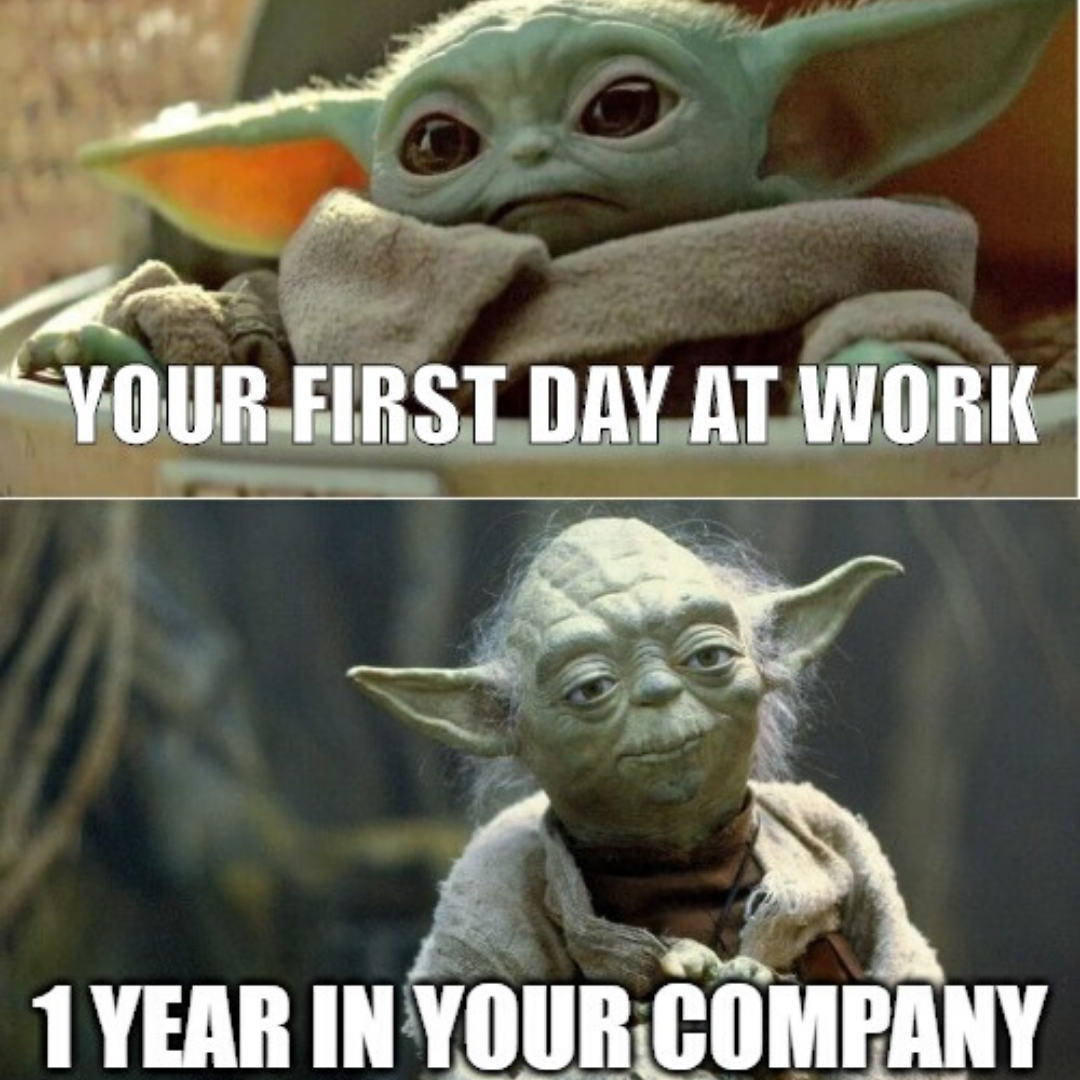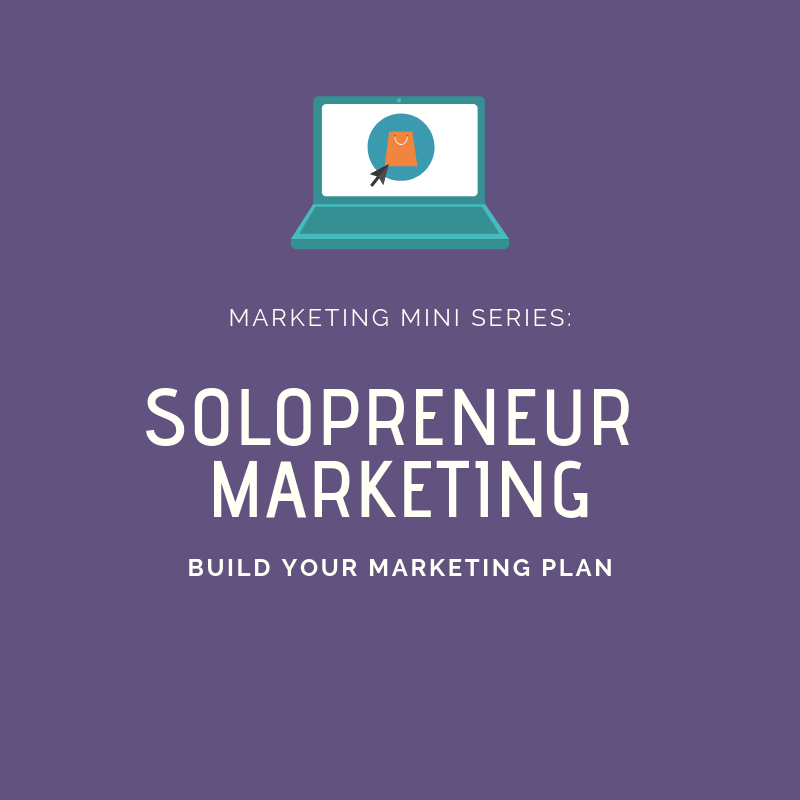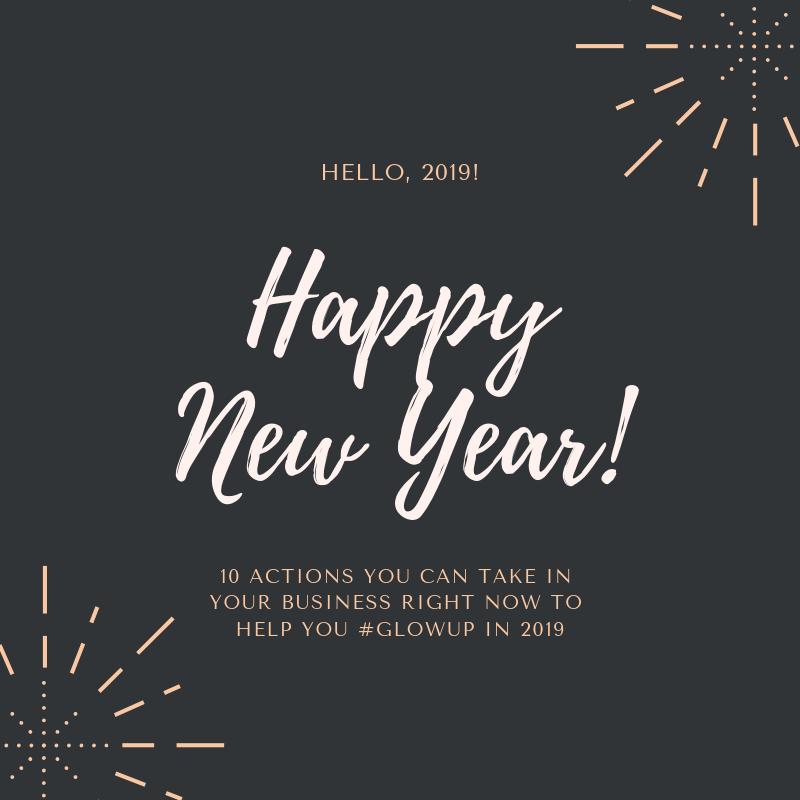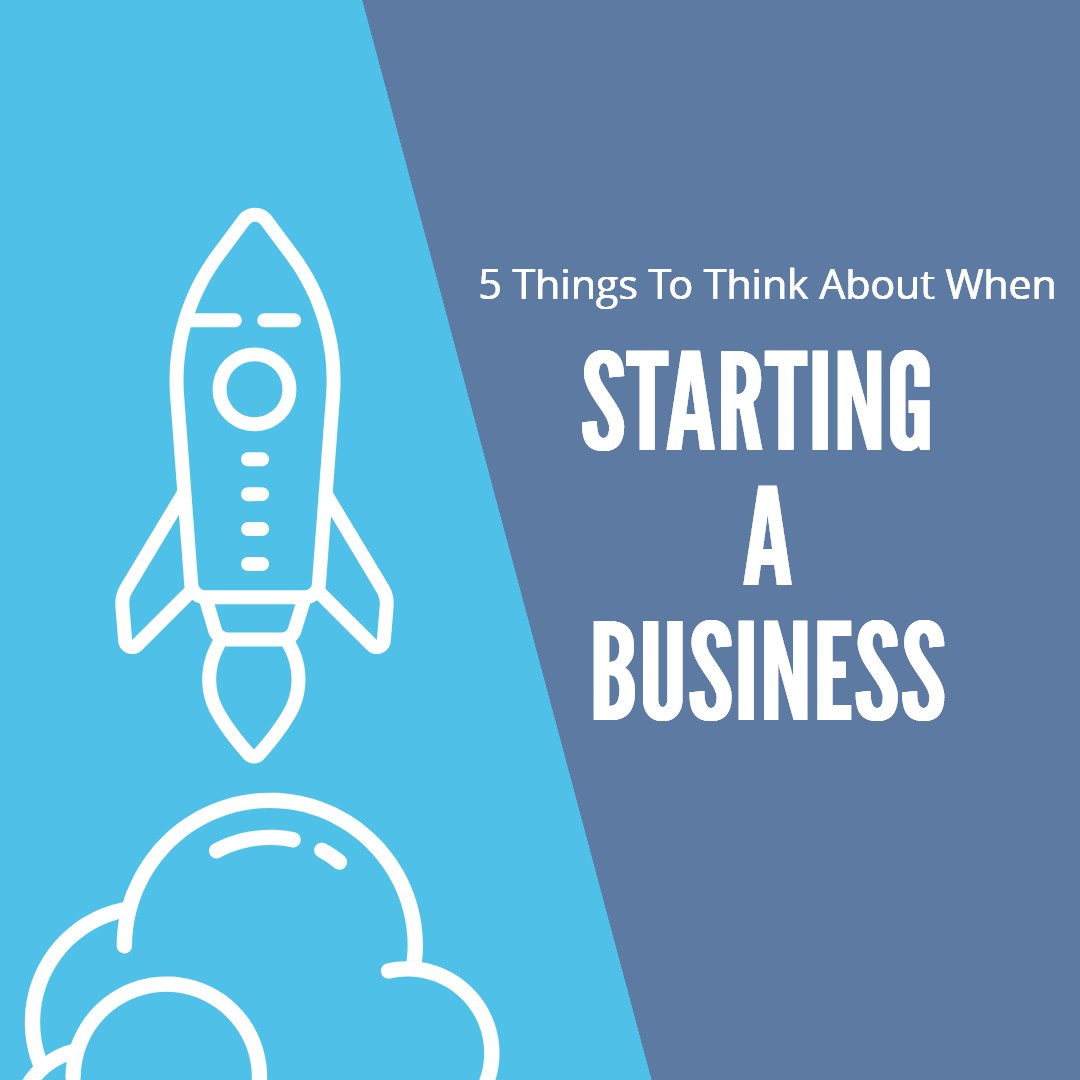How are your Kanban boards looking this week?
Are you happy with the progress you shared at your 15 minute stand-up meeting?
Flexing your Kaizen prowess in this round of process remaps?
Get to the bottom of that root cause analysis yet?
If you’re not a student of all things business process improvement or project management those questions literally mean nothing to you. And that’s ok. Well, it’s ok and a little sad because when you get passed all the inclusive language and through the fevered tribes of religious devotees these schools of thought collect there’s a lot of good stuff for any small businesses here.
I’m guessing that you or anyone really could benefit from being a little better about understanding how you do business. When you take the time to really understand how you work you’re able to make a conscious effort to improve how you deliver value to the people that need you most.
In this post I want to take a stab at distilling a few key tips and tricks from the more popular schools of project management thought that you can put into action. Things you can do that will actually create momentum or clarity so you can move the needle in your business right now.
Kaizen
Let’s start with Kaizen. People lean on the wisdom of Kaizen when they have a known problem and it looks like the solution will be easy to implement. Kaizen at its core is about continuous improvement, it’s about getting a little better every time you try something. That goes for the quality of your offerings and for the processes that make your business go every day. How can you use Kaizen in your business right now? Try using the process outlined below to help you through a tough decision or to troubleshoot something when it doesn’t feel like it’s working.
PLAN
1. What’s the most important problem or biggest challenge right now? Be specific, be granular and be honest!
2. Based on the resources I have right now, what can I do to reduce this problem or challenge’s impact?
3. If I do that, how will I know it worked? What can I measure?
DO
4. Try your idea and track!
5. While you’re working, take a second to really see if what you’re doing now is actually different from before. Change is hard sometimes and it’s easier to want change and not actually do anything different.
CHECK
6. After the new work ask yourself if it made any difference. Any positive change, regardless of how small or seemingly insignificant, is important to document.
ACT
7. Can I make that change a repeatable process in how I work?
8. Can I get a little better next time? If yes, repeat this process with new answers to the first few questions in this process and go from there.
Agile
Now that you’re an expert Kaizen facilitator let’s move on to one of the newest hottest project management systems on the block. We’re talking Agile now. Back in the early days of Agile Project Management things were simpler. It was developed by a handful of software developers at the turn of the 21st century who were just looking to get better at their craft and who were looking for better ways to work with each other. So they created a manifesto which is actually pretty interesting and it set the groundwork for people to get better about how they organized themselves when it came to building something (software) that was fluid, dynamic and sometimes without an actual end...kind of like building a business. Agile has grown a lot since the early 2000’s and is now applied to businesses of all sizes, across all industries and all over the world. On top of the Manifesto I’m going to share a tool from Agile that I really like that you can use right now to keep tabs on all the plates you’re spinning to keep your business growing.
First the Manifesto and remember, you can literally substitute the word software here for whatever your deliverables happen to be. The framework still applies.
1. Our highest priority is to satisfy the customer through early and continuous delivery of valuable software.
2. Welcome changing requirements, even late in development. Agile processes harness change for the customer's competitive advantage.
3. Deliver working software frequently, from a couple of weeks to a couple of months, with a preference to the shorter timescale.
4. Business people and developers must work together daily throughout the project.
5. Build projects around motivated individuals. Give them the environment and support they need, and trust them to get the job done.
6. The most efficient and effective method of conveying information to and within a development team is face-to-face conversation.
7. Working software is the primary measure of progress.
8. Agile processes promote sustainable development. The sponsors, developers, and users should be able to maintain a constant pace indefinitely.
9. Continuous attention to technical excellence and good design enhances agility.
10. Simplicity--the art of maximizing the amount of work not done--is essential.
11. The best architectures, requirements, and designs emerge from self-organizing teams.
12. At regular intervals, the team reflects on how to become more effective, then tunes and adjusts its behavior accordingly.
That’s such a cool set of principles! Sorry (not sorry) if my management nerd is showing. So following that I want to flush out an idea that I kind of made fun of at the top of this post. It’s a Kanban board. Believe it or not, it’s actually a simple idea that most people use already that can be upleveled by putting a little more structure around it.
A Kanban board is just a way to visualize the work that you’re already doing.
Think of it like a to-do list on steroids that’s prettier to look at. At its core a Kanban board starts with three columns: Not Started, In Progress and Completed. You can grow from those three but let’s start here. Like with Kaizen, the devil is in the details. What you’re going to do is tear apart your to-do list so that everything on your list falls into one of the three columns. Then at the end of every week you’ll go back to the board and measure your progress. You’ll get to see which tasks moved along the board and which didn’t. It’ll give you an opportunity to visually reflect on the work for the week and help you plan how the next week will go. Most importantly it allows you the opportunity to start fresh every week. We’ve all felt the crushing weight of a to-do list that only seemed to grow. It can get downright demoralizing. This board will keep you on task and keep you from beating yourself up from that feeling of never having done enough.
As you’re filling in your columns the more details you can add to each task like: due dates, what success looks like, resources that are needed and who’s responsible the better it works for you. When you get to see everything on your to-do list in a format like this you’re able to see bottlenecks, manage stress levels and decide on how you’re doing to prioritize your energy for the day. I’m going to link to an Asana page here. It’s a project management tool (that I love and use everyday) that has a Kanban board template you can jump right into with great explanations and examples.
Six Sigma
Six Sigma is the elder at the table here. It’s the tried and true. It’s project management system and the colored belt system a la karate is revered in the corporate world. It has the ability to make or break people, projects and entire business segments. You shouldn’t be scared of it though because at the end of the day it’s a lot of management ideas tucked in and around some statistical modeling. Without nerding out over the stats, like I actually want to, let’s just summarize six sigma as a system by which processes get evaluated. The closer to six standard deviations away (sigma) data can get from the mean the better. A process is said to be six sigma when there are no more than three mistakes or errors per one million data points. That means that a process is right 99.9997% of the time. That’s a big deal if you’re a manufacturer of cars, aluminum cans or pens but is it realistic for you?
You don’t need a Master Black Belt to get in on the Six Sigma love. In your business just remember the acronym D.O.W.N.T.I.M.E. This acronym actually comes from Lean processes but LEAN and Six Sigma are like peanut butter and jelly these days. So, to save you from another project management rabbit hole let’s just lump D.O.W.N.T.I.M.E in with the Six Sigma crowd because we’re talking about helping you get the most out of the work you’re doing on a daily basis here. This acronym will help you remember that you should be eliminating waste as much as possible when you’re building your business. Here are the eight wastes you should look for and suss out:
D - Defects - These are just mistakes that eat up extra time, materials, resources, energy and cost money to fix. Defects can be in things or processes. After you solve the problem, look back to see if you can make improvement so the same mistakes don’t happen in the future.
O - Overproduction - Just like it sounds, you’re making too many things. Well it can actually mean you’re doing too much work that isn’t actually producing value. You might be spending too much time in your inbox, social or actually making stuff. Check in every once and a while to make sure that you’re spending your time doing the work that really is providing the most value for you and your customers.
W - Waiting - Waiting happens when work has to stop. Might be because you’re waiting on a shipment of raw materials or for someone to get back to you because you asked a question earlier in the week. Anytime work stops for you, or there’s a bottleneck, it’s an opportunity to evaluate how you work. The less time you spend waiting the more productive you and your business can be.
N - Not Utilizing Talent - Are you giving your team the right kinds of tasks to do? Are you giving yourself the right kinds of tasks? In your business there’s a real risk of wasting time and money doing work that doesn’t align with your best strengths. You might not have the money to hire but can you think of ways that technology might be able to help you streamline the work you have to do everyday. Stop loading those social posts one at a time, for example!
T - Transportation - This is wasting time moving things around for no reason or for bad reasons. Are you taking multiple trips to the bank, post office or are just getting up to get the stuff you just sent to the printer. Planning your day so that you’re optimizing how you move things, information and people around can really save you a ton of money and headache. This trap is the worst for entrepreneurs because you run around all day and feel like your busy only to realize you didn’t accomplish anything. But you did crush a handful of personal development podcasts so it’s not a total loss right?
I - Inventory Excess - Are you carrying too much inventory? Because that’s just money sitting on your shelves. If you’re a service provider inventory excess comes in the form of not actually understand your clients needs and spending too much time trying to figure it out. When things take too long to deliver it’s always a bad time for you and your business.
M - Motion Waste - Sounds silly but if you spend more time looking for paperwork than you actually do working you’re suffering from motion waste. Motion waste is excess or unnecessary motion caused by people, machines, deliverables and inventory. Clean up your workstation and organize your digital files. Your clients and customers will thank you for it.
E - Excess Reports - Think TPS reports from the movie “Office Space”. Using the data you collect in your business to help you make future decisions is fantastic. Using tools to help you visualize and keep track of everything you have going on is absolutely necessary. It gets to be a problem when all you do is generate reports for the sake of generating reports. Excess reports also covers the waste that comes with recreating the wheel every time you have to do something that should have a standard process for. Think about editing a podcast or style guide for your blog. Those are processes and instructions you should make once and then just refer to, not waste time recreating every time you sit down to do the edits or creative. You’re literally wasting your time.
Alright! Nearly 2200 words later and here we are. If you are still with me, you’re amazing. While I don’t have a fancy credential to award you or a colorful belt to honor you with I hope that you can still find value here. Project management is a big scary world and unfortunately knowing enough to keep you moving forward in your business is pretty important. In this post we covered some of the best bits of the biggest schools of thought and they were all things you can apply or think about right now. Use resources like Asana and don’t be afraid to ask yourself tough questions about how you do the work that you do. There’s no wrong answer here, there’s only the opportunity to get just a little bit better so that next time you show up a little stronger in your business.
Building a business is about the long game and I just want to make sure that you have a few tools that will keep you in the game as long as possible. So go get a white board, start looking for waste, and check in and out on your business every week for a bit. Then let me know how it went!























